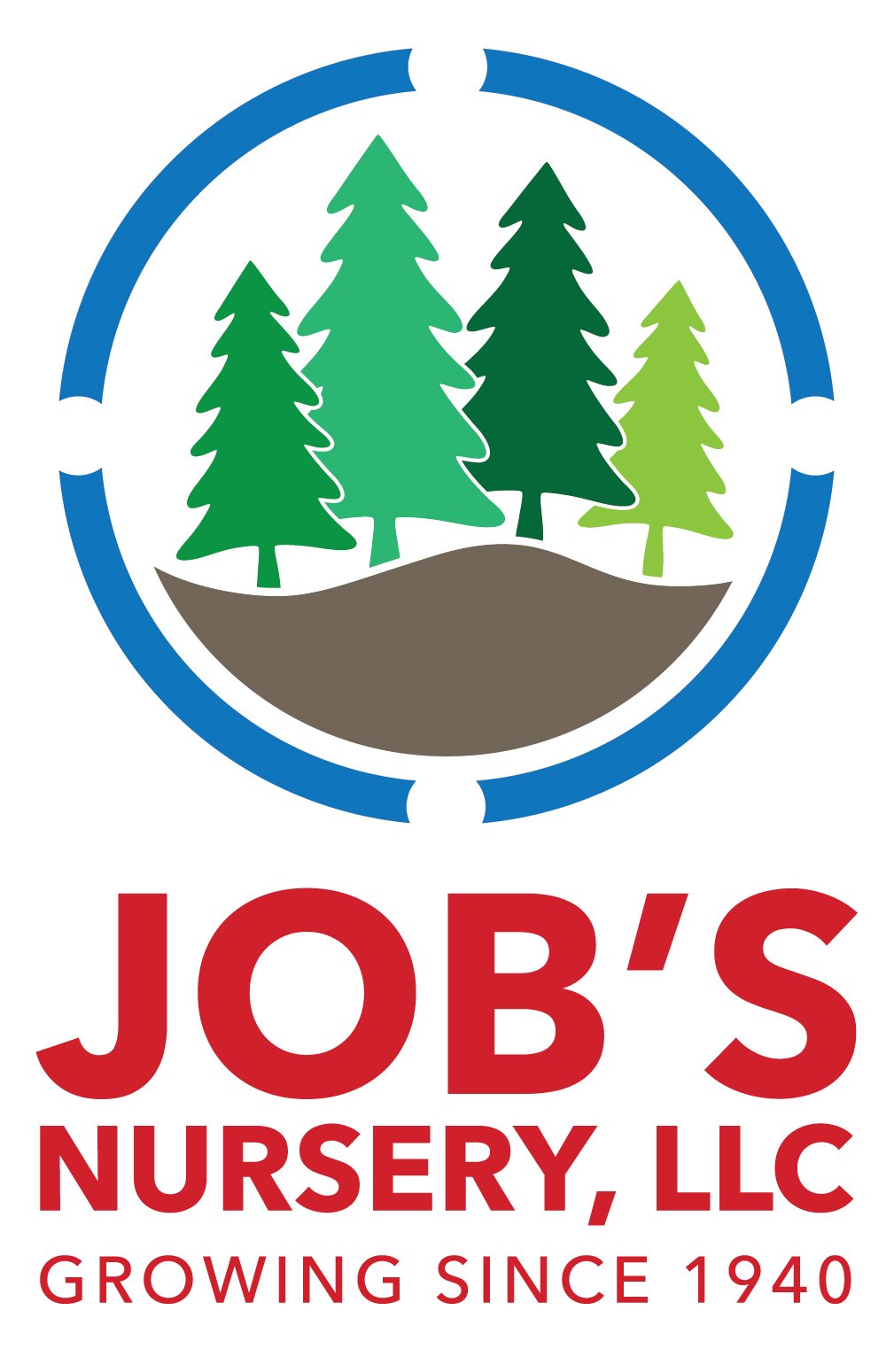Alex's Basic Pruning Process for Deciduous Shrubs
Have you found yourself standing there, with your pruning tools in hand ready to prune a shrub because it the right time to do it? Yet, it can be quite daunting to know where to begin. Here is my process that I go through as I prune shrubs in late winter or early spring.
Alex goes over his process of pruning shrubs in late winter or early spring.
First I identify what the shrub is. By knowing what the plant is I know what I can and can’t get away with when pruning it. If I’m unsure or rusty I can look it up in many pruning books, google or plant reference books. Another good way to get it identified is to take photos and bring the photos to your favorite garden center for advice.
Before I go through my steps of cutting I also ask myself, why am I pruning this plant? Now I’m not really going for an existential experience but more to come up with the goal to pruning the plant. Am I pruning it to get it to look better, more balanced, grow better, not look so sheared, flower better or fit the space better? Once I have decided on what my goal is then I begin to look at what to cut.
Here are my 6 steps to pruning shrubs.
1. I like to look for any dead branches. Signs of a dead branch in winter are withered black or dark-colored wood. If in doubt use your fingernail to lightly scrape off some bark, if the flesh is moist and green it’s alive. If it’s dry and brown under the bark, it’s dead and should be removed.
2. I look for any diseased branches mostly, galls or cankers. Galls look like tumors or warts. Cankers are either discolored, sunken in, or soft spots when pressed. Some cankers need to be trimmed out while others are best to be treated with a fungicide. If you notice these remember to sanitize your pruning tools after each cut with rubbing alcohol, a 10% bleach solution, or Lysol.
3. I look for any damaged branches like breaks, tears, rips, or cracks. Go below the damage to remove.
4. I look for any crossing branches. Crossing branches tend to become damaged branches. I always prune out the weaker branches when you have two crossing branches.
5. I look to see if the plant has a lot of branches growing too tight. If so I thin out some.
6. If the plant is getting too big for space I cut it back to better fit the area.
Between each step, I take a second or two to step back and look at what I have done. For when I am done I want the plant to look even and balanced.
Good Practices to follow when pruning shrubs.
-Sanitize pruners between shrubs.
-Use a sharp pruner, saw, or lopper to make cuts.
-Always cut above a bud that is pointing away from the center of the plant, at an angle.
-Avoid removing more than a third of living branches from the plant at one time. If it has gotten away from you and needs to be resized, work in phases over time.
-After pruning, let the plant grow and touch up as needed.
-Wait until after a plant that flowers on old wood have flowered to resize otherwise you cut off all the flowers. Plants like Viburnums, Lilacs, Flowering Dogwood Trees, and Big leaf Hydrangeas are good examples.
-Try not to get too focused on one side of the shrub. This leads to a misshapen or unbalanced plant.
-Remember it’s best to remove dead or damaged branches as they noticed vs. waiting.
Now that you know my thought processes here are some videos that I have done in the past on grasses, and roses as well as a link to a playlist of pruning videos we have found on youTube.
